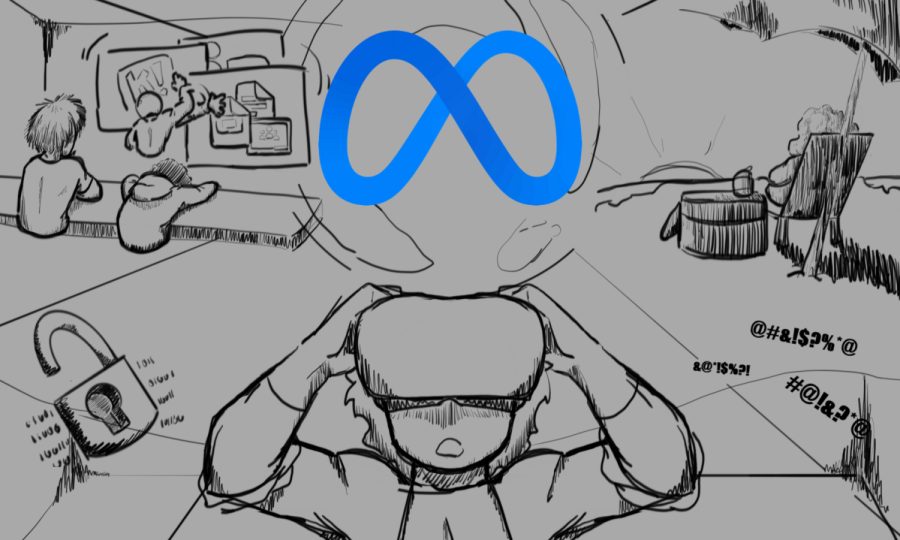Op-Ed: More Money, More Problems?
December 16, 2016
Society has a multitude of tiers that separate each individual from the next. From a socioeconomic standpoint, there are three main levels when referring to income: upper class, middle class, and lower class.
Since the rise of consumerism in the 1920s, the United States has seen a drastic increase in the desire to obtain expensive items and use them to display one’s wealth. In modern times, children begin to recognize the signs of wealth and comfortable living since birth, either through media or word of mouth.
Unfortunately, we as a society fail to see how damaging the emphasis on wealth can truly be. According to the American Psychological Association, lower socioeconomic statuses lead to rising levels of depression, attention deficit/hyperactivity disorders, and anxiety among American youth, along with various other “emotional and behavioral difficulties.” Those who qualify as low-income families strive to afford basic necessities, pay bills, allow their children to further their education, and do what is necessary to adjust to the ever-increasing living expenses seen throughout the US.
As a student, I am encouraged to look towards the next step in life which, as a senior, is college. One Millennium Brooklyn High School student stated that coming from a low-income family is difficult, especially when making the transition to college. The student said, “all your senior dues are really expensive. It’s hard because you really want to go on all these trips, but you also have to think ‘Can you afford it?'”
A teacher from an elementary school in Manhattan stated many children enter her school at a disadvantage. These kids are unable to receive the resources they need to practice reading and comprehension. Most of the students at the school are homeless and living in shelters all throughout New York City, and have a tremendous amount of pressure placed on their shoulders as they have to take on the role of parent for their siblings. “Some children come to school hungry… some come to class exhausted because they didn’t get good sleep, or because they have to travel hours from the shelter to the school,” she said. Students will fall behind in school if they can’t get the books they need, or a good meal and rest. When young children fall behind, it becomes increasingly harder to catch up to their peers. According to the Huffington Post, “64.7 percent of low-income students who enrolled in a 2-year college and 31.9 percent enrolled in a 4-year college will require remediation.”
One student who comes from a low-income family may possess the knowledge of someone twice their age, but money buys resources and resources buy opportunity. Many governmental assistance programs are put in place to aid those in low-income families, aiming to provide housing, food, and financial aid to those in need. However, even with these programs, there is an increasing demand for help, one that will take far longer to tend to completely.











